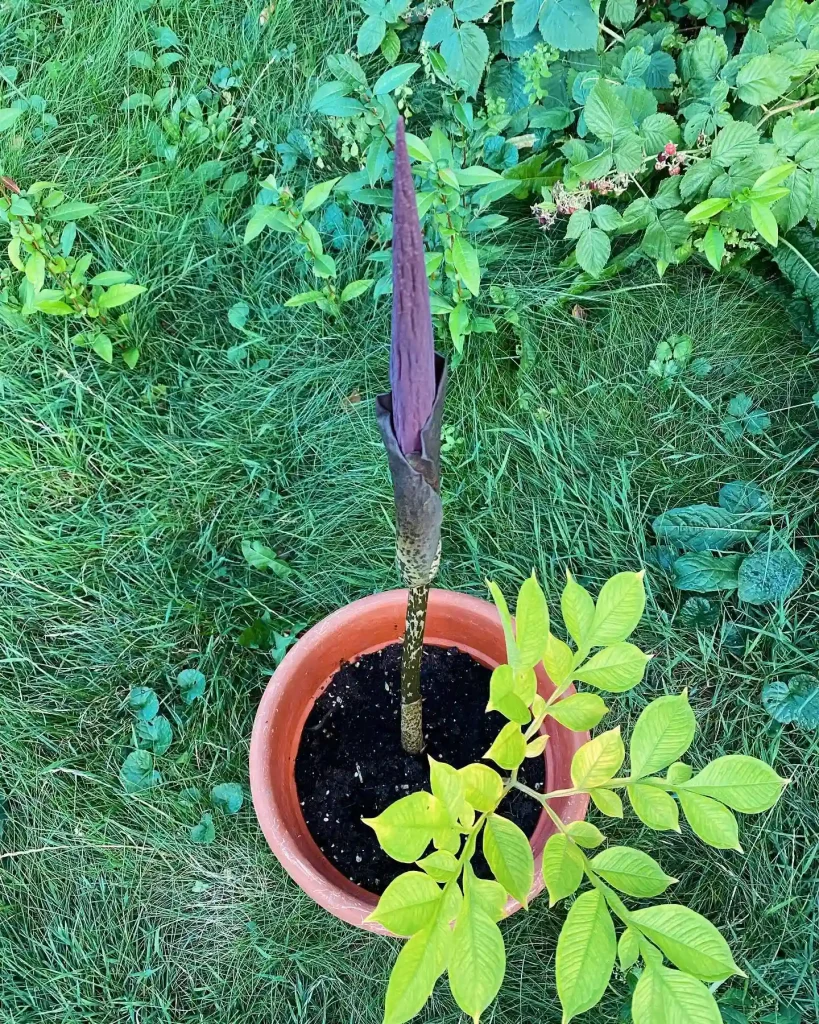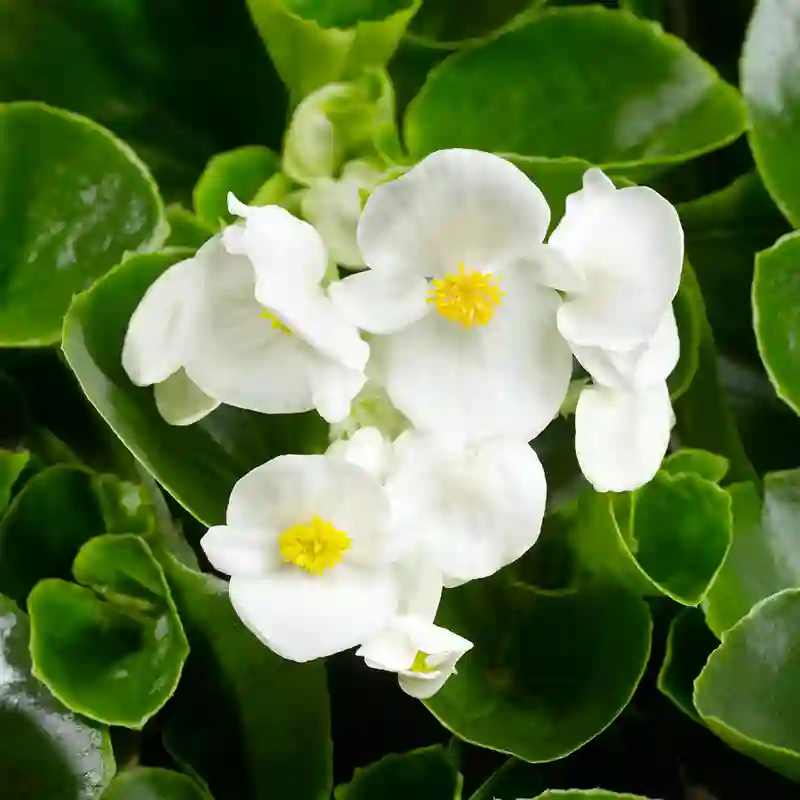Frequently Asked Questions About Capsicum Baccatum
As a plant enthusiast, I’ve always been fascinated by Capsicum Baccatum. Known for its vibrant peppers and unique flavors, this species of chili peppers has caught the attention of both gardeners and chefs alike. Whether you’re curious about its care, propagation, or compatibility with other plants, I’ve gathered some FAQs to help you get better acquainted with this beautiful pepper plant.
43 Species in Genus Capsicum
What is Capsicum Baccatum?
Capsicum Baccatum is one of the five major domesticated species of chili peppers, known for its distinctive, fruity flavor and bright, often yellow or orange, peppers. Native to South America, it’s commonly grown in regions like Peru, Bolivia, and Brazil. The name “baccatum” means “berry-like,” which hints at the plant’s fruiting habits. What makes this species stand out is its variety of pepper sizes, colors, and heat levels, making it popular among home growers and spice lovers.
Can Capsicum Chihense and Baccatum Breed?
One of the most common questions people ask is whether Capsicum Chihense and Baccatum can breed. The short answer is yes, but with a caveat. While these two species belong to the same genus, crossbreeding can be tricky due to genetic differences. You might get a hybrid if you’re lucky, but often, the results are inconsistent. Both species have different flowering times and pollination mechanisms, making natural hybridization less common. However, with careful pollination techniques, it’s possible to create some interesting hybrids, though this requires a bit of patience and experimentation.
How to Care for Capsicum Baccatum?
Capsicum Baccatum plants are relatively easy to care for, but they do have some specific needs. They thrive in warm climates and full sunlight, ideally around 75°F to 85°F (24°C to 29°C). These plants also prefer well-draining soil rich in organic matter. Watering should be consistent but not excessive—too much water can lead to root rot. As with other pepper varieties, I find that staking the plants can help keep them upright as they grow taller and heavier with fruit.
Fertilization should occur every two to three weeks during the growing season. A balanced fertilizer with equal parts nitrogen, phosphorus, and potassium will promote healthy growth and bountiful fruit production. It’s also important to keep an eye out for pests such as aphids and spider mites, which can sometimes target Capsicum Baccatum.
How to Propagate Capsicum Baccatum?
The easiest way to propagate Capsicum Baccatum is through seeds. I typically collect seeds from ripe peppers, let them dry for a few days, and then plant them in well-draining soil. It’s essential to start seeds indoors about eight to ten weeks before the last frost if you’re in a temperate climate. Once the seedlings grow to about 4-6 inches tall, they’re ready to be transplanted outdoors.
Alternatively, you can propagate Capsicum Baccatum using cuttings, though it’s less common. Simply take a healthy cutting, place it in water until roots develop, and then plant it in soil. This method can be handy if you want to replicate a specific plant with desirable traits.
What Plants Pair Well with Capsicum Baccatum?
When planting Capsicum Baccatum, companion planting can help boost growth and reduce pest issues. I usually pair mine with basil, which helps repel aphids and improves the flavor of the peppers. Other good companions include marigolds, which deter harmful insects, and beans, which add nitrogen to the soil and help the peppers thrive.
Avoid planting Capsicum Baccatum near brassicas like cabbage or cauliflower, as they can compete for nutrients and stunt the peppers’ growth.
Can You Grow Capsicum Baccatum Indoors?
Yes, Capsicum Baccatum can be grown indoors, provided they have enough sunlight. They need at least 6 to 8 hours of direct sunlight daily, so placing them near a sunny window or under grow lights is essential. While growing indoors can limit the plant’s size, you can still expect moderate fruit production if you meet its light and temperature requirements.
I’ve had some success growing them in pots indoors, especially in colder months. Just ensure the container has adequate drainage and use high-quality potting soil for the best results.
Is Capsicum Baccatum Toxic?
Fortunately, Capsicum Baccatum is not toxic to humans. In fact, it’s a staple in many cuisines due to its unique flavor profile. However, like all peppers, the seeds and inner membranes contain capsaicin, which can cause irritation if touched and then brought into contact with sensitive areas like the eyes. Always wash your hands after handling these peppers.
When it comes to pets, it’s best to keep them away from your Capsicum Baccatum plants. While not deadly, capsaicin can cause discomfort and digestive upset in cats and dogs.
Benefits of Growing Capsicum Baccatum
There are numerous benefits to growing Capsicum Baccatum. In addition to their culinary use, they’re visually appealing plants, with lush green leaves and colorful fruit. The peppers themselves are packed with vitamins, particularly vitamin C, making them a healthy addition to your diet. The plant’s natural pest-resistance qualities also make them easier to manage in a garden setting, reducing the need for chemical pesticides.
Common Problems with Capsicum Baccatum
Like many other plants, Capsicum Baccatum can encounter a few common issues. Overwatering can lead to root rot, while inconsistent watering may cause blossom end rot. Pests such as aphids, spider mites, and whiteflies can also be problematic. I usually use organic neem oil as a preventative measure against these pests.
In colder climates, the plant may struggle to produce fruit, so ensuring they’re grown in warm temperatures is crucial for optimal growth.
Comparing Capsicum Baccatum with Other Pepper Varieties
Capsicum Baccatum is often confused with other pepper species like Capsicum Annuum or Capsicum Chihense. Compared to Capsicum Annuum, Baccatum plants tend to be taller and have a longer growing season. Their fruits also have a more complex, fruity flavor, while Annuum varieties tend to be milder and less aromatic.
When compared to Capsicum Chihense, which produces some of the hottest peppers in the world, Baccatum peppers are generally milder, making them more suitable for a wider range of dishes.
By growing Capsicum Baccatum, I’ve found it to be a rewarding experience, offering both beauty to my garden and flavor to my kitchen. Whether you’re a seasoned gardener or just starting, I recommend giving this versatile chili pepper a try!
If i die, water my plants!



